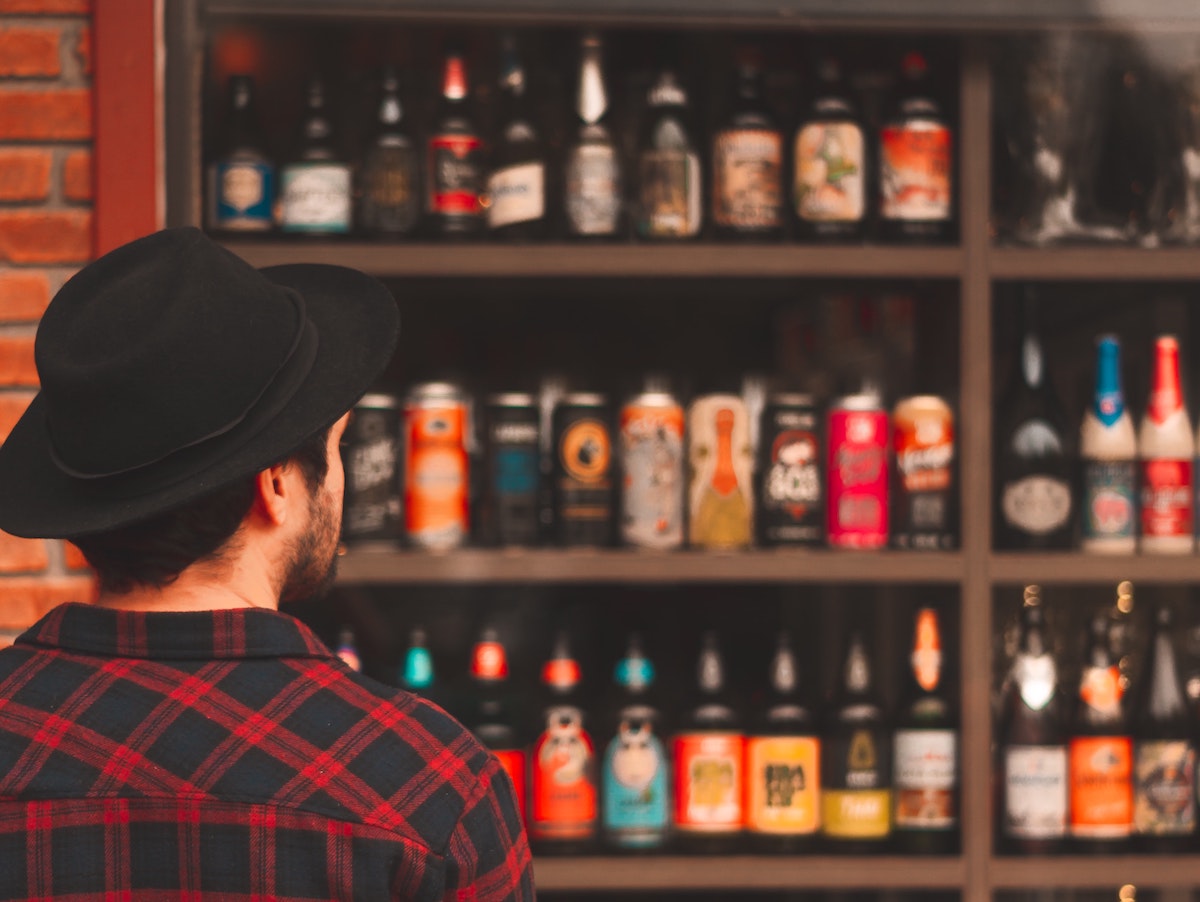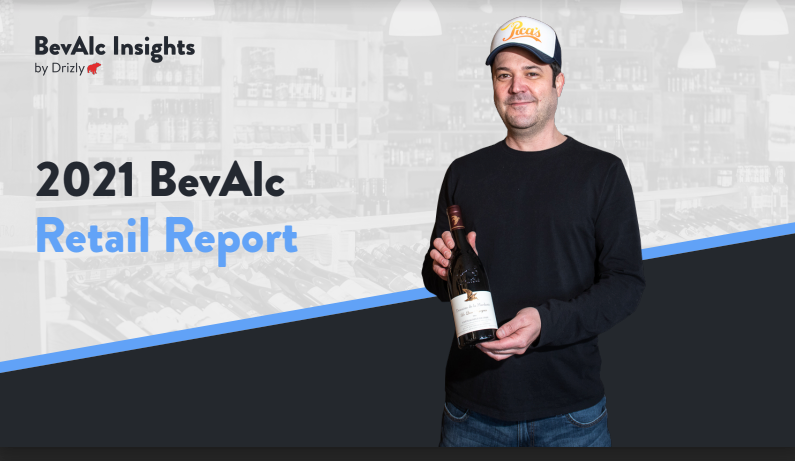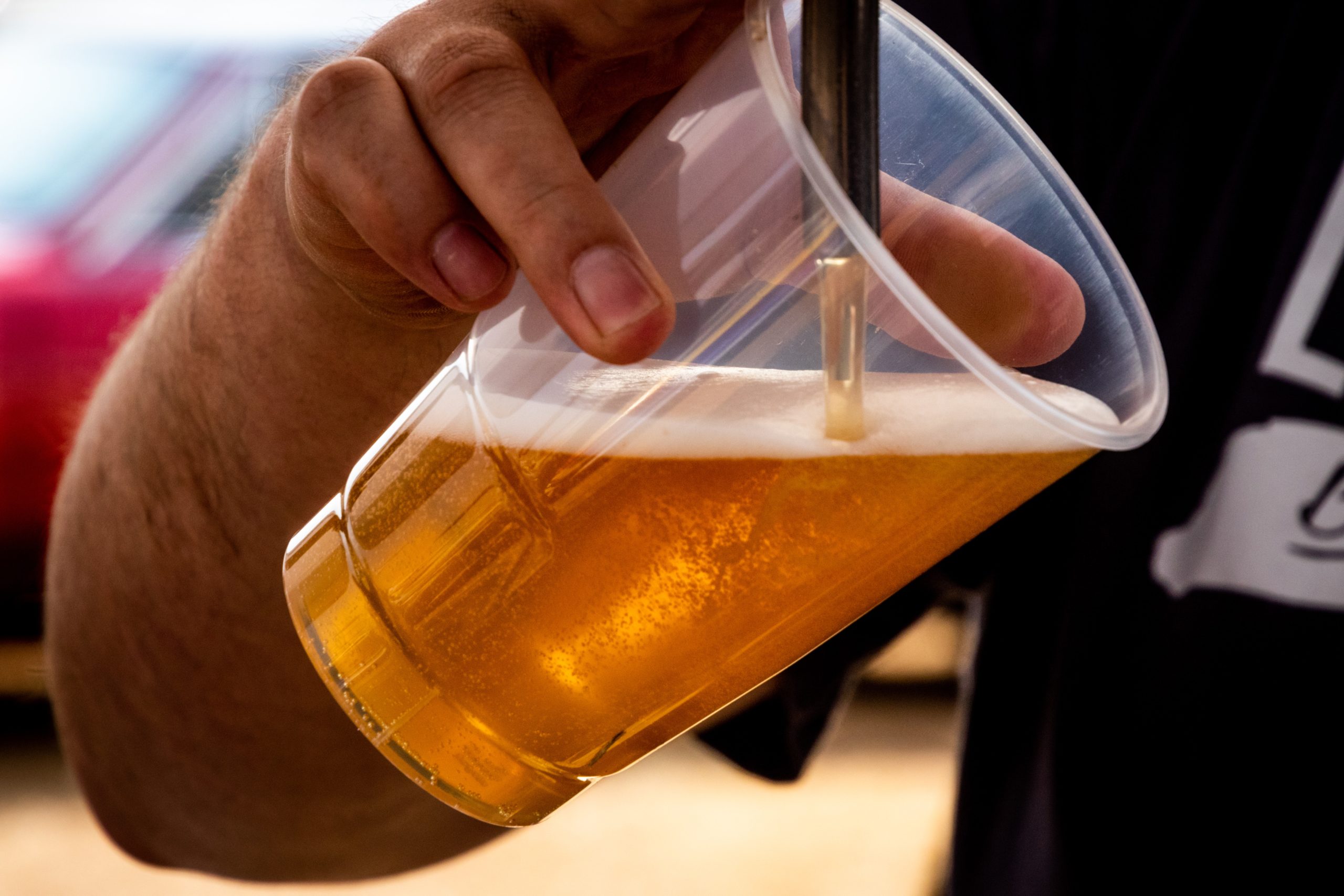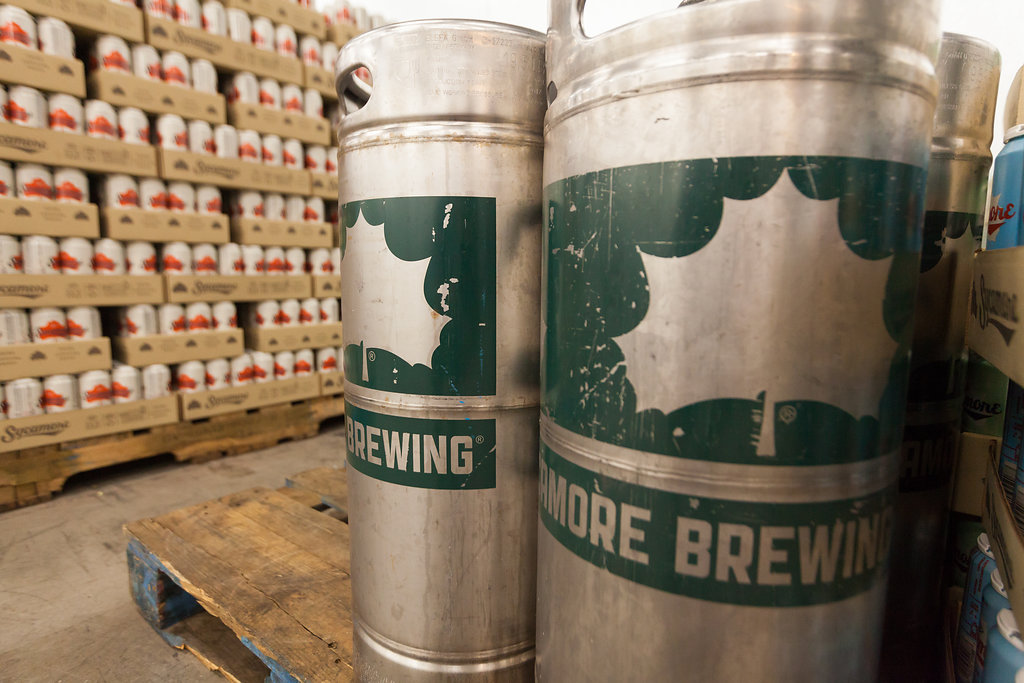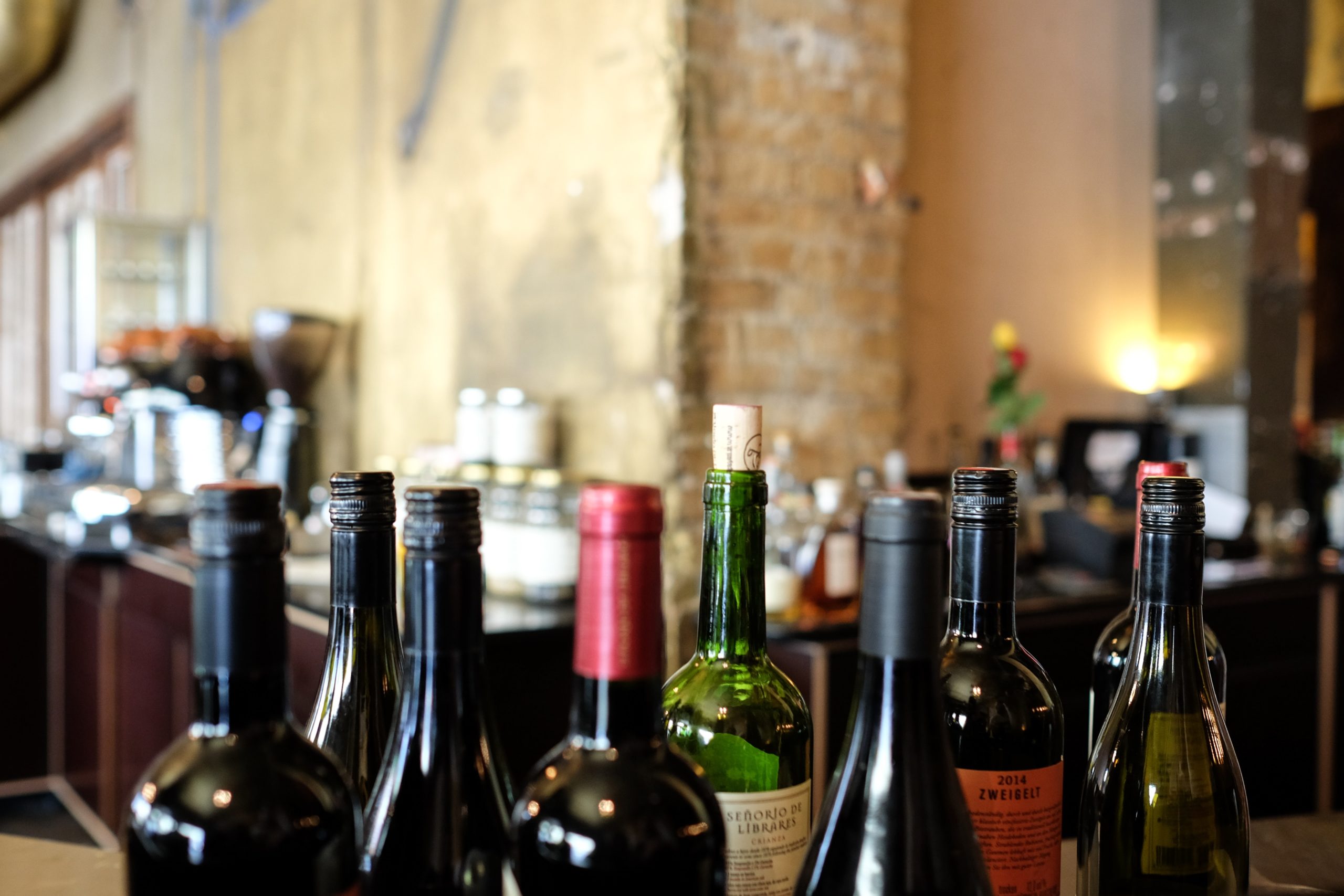When it comes to planning your beverage inventory as a retailer, there is no one-size-fits-all plan. What works for your business might not work for another. What sells well at a store in a young, urban area might not sell well among older, rural consumers. Without a clear strategy and plan, it can feel like you’re in the midst of an expensive, high-stakes guessing game. No one wants to have that feeling when they’re making significant financial decisions that will impact the health of their business.
So how can retailers select inventory that will sell quickly and be well-liked by their customer base? It’s a balancing act between strategies of art and science. To succeed, the two need to peacefully coexist, both supporting the number one priority of making sales. How exactly these two strategies combine depends on your brand’s personality, your location, your goals, your budget, and many other factors. When in doubt, customize the tips we share to fit with your business’s priorities.
The Science of Beverage Curation
Data
When we talk about the “science” of beverage curation, we’re really talking about making evidence-based decisions about the beverages you decide to stock. Of course there are no real guaranteed successes or inventory decisions without risk, but you can be scientific in your approach to inventory management by collecting and analyzing data, watching trends, testing things out, and researching other retailers’ behavior.
Start with what you know. Do you currently have any data on what inventory sells most or sells in the shortest amount of time? The more data you have to analyze, the more accurate your operational decisions will be, because you’ll be drawing on a broader array of evidence.
Collecting New Data
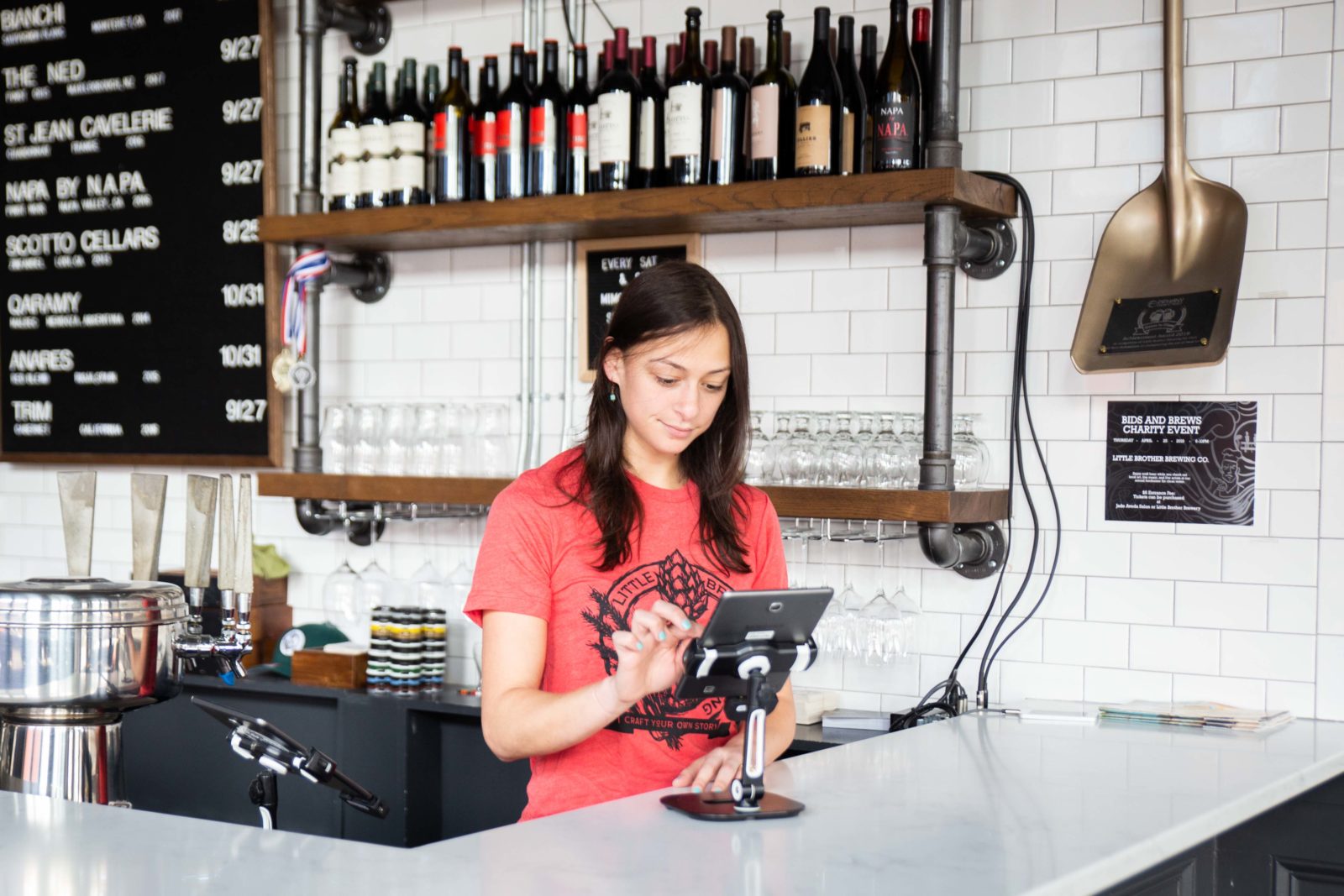
If you don’t have the bandwidth to do any further research, you can make your operational decisions based on the data you already have close at hand. But this isn’t what we recommend. The quality of your stocking decisions, based as it may be on a balance of art and science, does depend on the quality of data you have available to you.
There are many more opportunities for collecting new data than you’d expect! For example, you could run an informal survey of your email list. You could ask your followers on social media to post and share which drinks they buy from your store, and what they’d like to see more of. It’s also worth taking a closer look at the sales and inventory data you already have in your point-of-sale system. There may be some valuable insights you’ve passed over.
Try to branch out from traditional data points like sales volume where you can. Unexpected metrics like website visits or search traffic for online purchases can be useful in the right context.
Analyzing Data
Once you feel you’ve collected sufficient data, you’ll want to analyze it. If you have an analyst of some kind on your team, they should be able to draw some conclusions for you. But if not, it may be worth investing in the services of a freelance data analyst. These professionals crunch the numbers and use data visualization software to pull out key sales insights. This kind of outside perspective can be invaluable in finding patterns that your team might normally miss. Have your analyst look for which categories and beverages sell best in your store.
Market Research
Don’t just stick to evaluating customer data from your store. While there’s certainly value in specializing your analysis to fit your customer base, you also need to stay aware of larger-scale trends in the beverage industry. Drizly’s BevAlc Insights is a great source for information about industry trends and news. Their reports have useful information about current trends and sales forecasts.
Most recently, Drizly’s Retail Report projected growth in cannabis drinks, non-alcoholic beverages, and RTDs. They expect the popularity of hard seltzers to continue to wane, and more shelf space for craft beers to arise as a result. This type of data can be incredibly useful for anyone looking to make educated decisions about which products to invest in over the coming months.
Look Beyond Beverage Categories
When looking at product sales and inventory on a large scale, it is efficient to sort and analyze beverages by category. But sales trends go beyond the popularity of certain beverage categories. If a certain craft beer blows up in popularity this year, it may cause a surge in interest for other craft beers among your customers. But that doesn’t mean buyers were originally interested in craft beer as a concept — rather, they were enticed by the hype around a specific beverage. Essentially, there are many factors at play here, and all of them are important to a full picture of your sales and inventory.
The Art of Beverage Curation
The art of beverage curation is less data-driven and more people-focused. Customers make purchasing decisions not just because they like a certain kind of product, but also because of cost, value, brand, aesthetics, social cache, curiosity, identity, and many other factors. We can quantify sales decisions all day long, but much of what goes into the decision-making process for consumers will remain a mystery. The “art” is in exploring that unknown and making the most of it.
Brand Personality
Do you know your brand’s personality? Whether or not your team has sat down to plot out an intentional marketing strategy, your customers recognize your brand personality. It shapes who your customers are and what you sell, whether your brand is accidental or planned, so it’s in your best interest to understand what customers believe about your brand’s values. Are you a family-owned store that has been operating for generations? Do you cater to a young, cool crowd interested in trying new types of drinks like cannabis-infused beverages?
Describing your brand’s personality is the first step to understanding how it impacts your inventory and sales. Get creative! Let your passions shine through and try to find things you think your existing customers will resonate with.
Advocacy
When you’re strategizing about your brand’s personality, you should also be considering your role in your local community. Does your establishment donate a portion of proceeds to nonprofits in your area? Do you pay your workers a living wage? Do you source sustainably and buy from women- and minority-owned brands?
In recent years we’ve seen a significant evolution among consumer priorities. Namely, people aren’t just looking for value or price anymore. They want to buy from brands that support their values and make a positive difference in the world. The majority of consumers want to purchase from brands that share their values through things like ethical business practices and sustainable manufacturing.
If you’re active in your local community, consider including your customers in your activism. Ask them to round up for a local charity for a month, or host a donation drive for winter coats, school supplies, or canned food. It’s not just good business — it’s the right thing to do.
Customer Suggestions

There’s no better way to get a feel for your brand’s image and customer base than by actually speaking with the people your business serves. And while the most “scientific” method may be to conduct a large-scale survey of your email list, we can’t overstate the importance of having face-to-face conversations with regular customers. Chances are, they have ideas for products they’d like you to stock, or feedback on things they’ve tried. They might suggest you start carrying something they currently purchase elsewhere. Talking to customers can also give you insight into what is trending locally.
Stock as Artistic Curation
Finally, think about managing your inventory as an act of artistic curation. Among those ineffable qualities that influence a person’s buying habits are things like displays, color, textures, and where products are located on the shelf. Work with employees who know what customers like to create thought-provoking displays. Select beverages with packaging that appeals to your customer base. You could even create employee recommendation cards to post next to products you’d like to promote. Think outside the box when it comes to managing the aesthetics of your inventory, because they matter more than you’d think.
We know it can be overwhelming and confusing to choose which beverages to stock in your establishment. The truth is, there is no right or wrong way to go about it. You only need to find the techniques that work best for you, your employees, and your customers. If you can balance the art and science of beverage curation, you’ll be well on your way to sales success.
